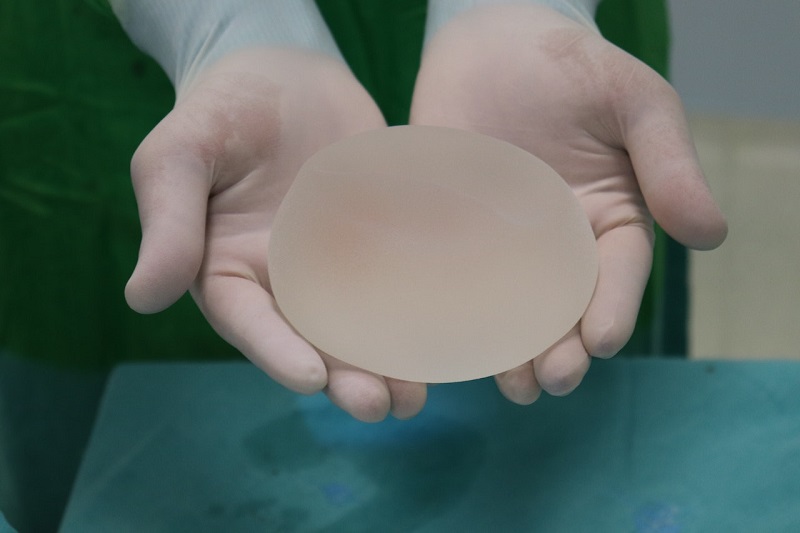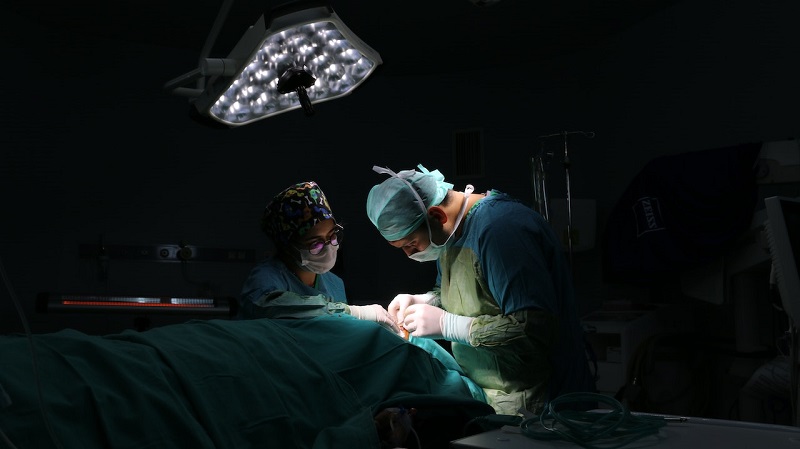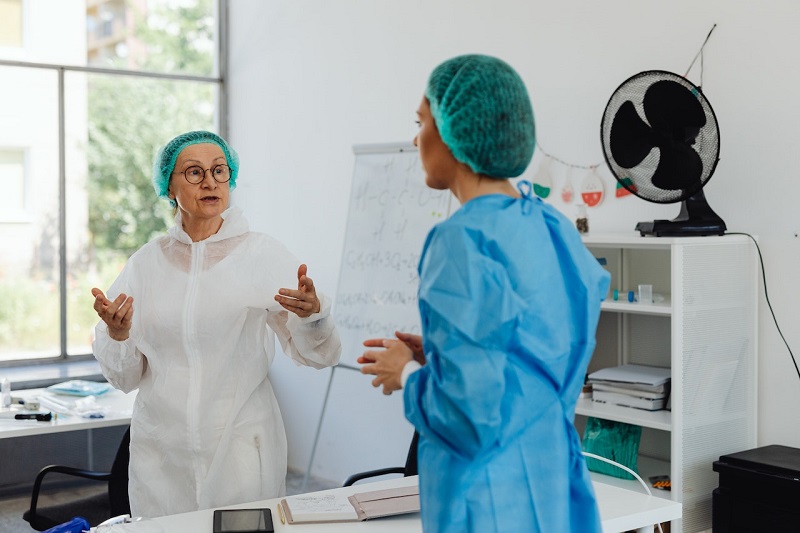Nine Common Breast Augmentation Risks and Ways to Improve Them

Cosmetic surgery has become very popular nowadays, with 15.1 million cosmetic procedures every year in the US alone. Cosmetic surgery helps people achieve their desired looks, reduces the aging effect, and improves aesthetic appeal. The principles, techniques, and methods of cosmetics mainly focus on enhancing the beauty and appearance of the body, whereas some procedures may also help with functional rectification.
The most common aesthetic surgeries performed are liposuction, breast augmentation, hair transplants, rhinoplasty, rhytidectomy, forehead lift, and breast lift.
Cosmetic procedures are available for almost all body parts. Still, deciding to get cosmetic surgery needs thorough consideration. Choose an appropriate and competent doctor to perform the procedure. An excellent cosmetic surgeon considers all possibilities of risks and guides patients accordingly.
They also go through medical records and family history to reduce the chances of complications and run several tests to assess patients’ health conditions. Because cosmetic surgery mostly brings permanent and striking changes to the appearance and functions of the body, the patient needs to know the risk factors. These may include difficulties in recovery, scarring, numbness, pain, fluid accumulation under the skin, and unrealistic expectations. It enables patients to take immediate and necessary actions if there has been a complication, for example, a second surgery if the rhinoplasty is ineffective or unsatisfactory or silicon injections removal in case of painful breast augmentation.
Breast augmentation, also known as mammoplasty, is a general plastic surgery worldwide, especially in the United States. The percentage of breast surgeries is 46 percent among women of ages 35 to 50 years. The procedure involves the insertion of implants under the breasts. Breast augmentation occurs if the breasts are small, have changed because of pregnancy or nursing a baby, differ in proportion, or are drooping because of older age. Since it is a major surgery performed under anesthesia for 60 to 90 minutes, it may involve complexities and intricacies like any other plastic surgery. Early symptoms of any issue may include redness around the breast, swelling, or a burning sensation. While studies have found there are no severe illnesses connected with breast implants, the risks involved are as follows:

● Bleeding
The most significant risk for implants is excessive bleeding, a hematoma. It may be noticeable within 15 mins after the surgery. The blood vessels may start bleeding, and blood can accumulate in the pockets of implants. In any such situation, an expert plastic surgeon would immediately take action to determine the source of bleeding and take necessary action to stop it.
● Infections
Breast implant surgery involves the risk of infection as much as any other surgical procedure. The symptoms may include inflammation of tissues, dryness, or drainage a couple of weeks after the surgery. Only 1 to 2 percent of people suffer from infections after the procedure.
● Capsular contracture
Whenever an implant is placed in the body, the body builds a layer of tissues around the implant, which is a natural healing process. Sometimes this capsule becomes problematic due to tissue thickening or bacterial growth. This phenomenon occurs after three months of an implant and can be treated with antibiotics or by removing thick tissues.
● Implant ruptures
Falls or extreme pressure can cause an implant to rupture. There will be a change in the shape or size of the breast that can grab immediate attention for a remedy. Saline implant ruptures are easily detectable and safe too. Silicon ruptures, however, are not noticeable without an MRI. FDA recommends an MRI every three years after having a silicon implant.
● Breastfeeding after implant
Some women face difficulty breastfeeding after breast implants because of numb nipples. However, the implants are placed under the muscle and do not affect milk ducts and glands. There is a slight possibility of discomfort if there has been a perioral incision around the nipple area.
● Breast implant-associated illness
Symptoms of breast implant illness can take some time to develop. Women report signs of fatigue, anxiety, sleep disturbance, chest pain, headaches, or rash. There is no official medical identification for this condition, and few people experience indications of any such illness.
● Fat transfer risks
Breast augmentation, in which fat from other body parts like thighs or belly is taken through liposuction and transferred to the breast, is an ideal procedure for small implants. This procedure has risks of having cysts, calcification on the breast, screening of breasts through mammograms, and necrosis.
● Aesthetic results
Silicon breast implants are preferred for breast augmentation because they appear closer to the natural tissues. On the other hand, saline implants may cause skin rippling and unsatisfactory aesthetic outcomes.
● Irreversibility
Breast implants permanently change the shape of breasts. Removing an implant for any reason can cause wrinkles or dimpled breasts. Removal of implants causes breast sagging and loose skin, which can be disturbing emotionally and psychologically. Removing implants can also create an empty pocket with a high chance of getting filled with fluids causing infections.

How to reduce the risks of breast augmentation
Like every other surgery, breast augmentation also has risks and complications involved. Anyone considering having an implant can take several steps to have positive outcomes for the procedure. Most importantly, choose an expert for the process; the plastic surgeon must have extensive experience and know all the latest methods and techniques for the surgery. Another important aspect is knowing the whole process yourself so that you are prepared and watchful in case of complications. Taking care of oneself after the procedure plays a significant role in quick healing. Sleeping on your back to reduce pressure on implants, wearing a sports bra for support, and avoiding physical exercises for a few weeks can reduce the risks of many complications.
Conclusion
Breast implants are becoming increasingly common worldwide. They can have significant benefits if the patient is aware of the pros and cons of the procedure. It can change the shape and size of the breast to enhance a person’s appearance and boost self-esteem. Choosing the right expert, keeping realistic expectations, and taking necessary precautions before and after the surgery can give the best possible results.